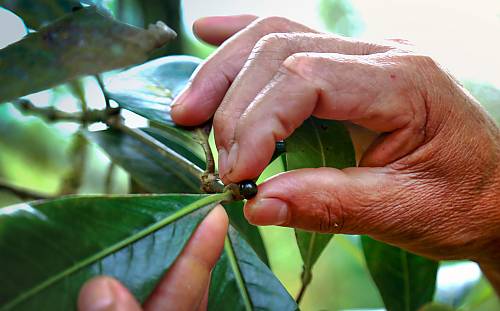5 June: join the Living Heritage Entity in celebrating World Environment Day
Held annually on 5 June, World Environment Day is celebrated by millions of people across the world. It reminds us that the protection and health of our environment is critical for our wellbeing. The celebration of this day is also an opportunity to highlight the different ways in which living heritage contributes to the protection of the environment, and the interdependence between the two. Indeed, some living heritage practices rely heavily on their environments, while others directly contribute to the protection of the environment. This complex, yet fascinating topic, can be explored through a data visualization on Living Heritage and Nature. It provides an insight on how inscribed elements are interconnected with their natural environments.
On one hand, intangible cultural heritage, including traditional knowledge systems, have always guided communities in their interactions with their surrounding natural environments. Today, the contribution of intangible cultural heritage to environmental sustainability is recognized in many fields such as biodiversity conservation, sustainable natural resource management and natural disaster preparedness and response. The inscribed element Traditions and practices associated with the Kayas in the sacred forests of the Mijikenda embodies how intangible cultural heritage contributes to the conservation of biodiversity and the protection of the Kayas’ environment, a World Heritage site, which is currently under threat due to in the increasing pressure on land resources.
On the other hand, communities are highly dependent on their environments to ensure the safeguarding of their living heritage. Indeed, certain ways of living rely on the health of the environment, as highlighted last year for the World Oceans Day. For example, the element Traditional knowledge and techniques associated with Pasto Varnish mopa-mopa of Putumayo and Nariño was inscribed in 2020 on the Urgent Safeguarding List. The practice is threatened by various factors, notably the scarcity of natural resources and especially wood, due to deforestation and climate change. Protecting the jungles of Putumayo and safeguarding this Colombian living heritage practice are entangled.
